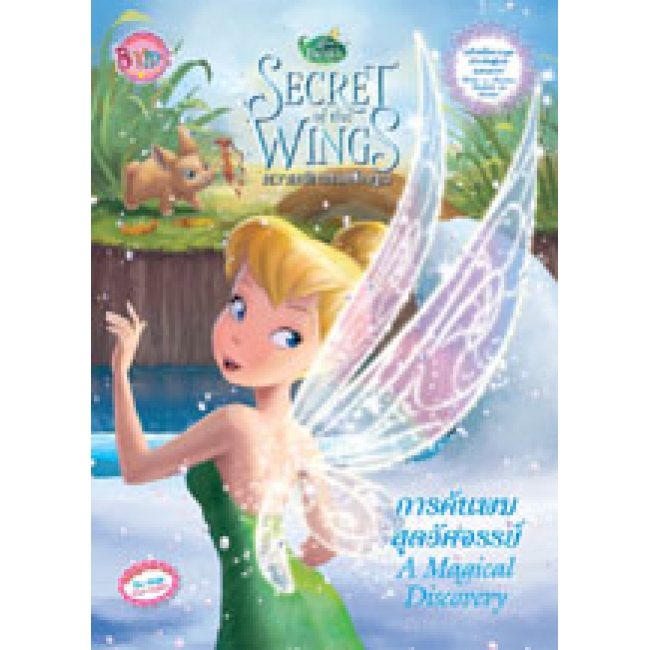

In the film, it is a magical moment where everything seems to disappear except the two of them…much like when twins meet and all they want to do is learn about each other and fill in the missing pages of the time they were apart.Īlong with introducing a brand new fairy, audiences see a side of Tinker Bell that isn’t always expressed. Also interesting was the connection twins experience when they first meet and that was translated to Tinker Bell and Perwinkle’s first encounter. They used the information they learned to include even the smallest nuances like both Tinker Bell and Periwinkle wearing Pom-Poms. What they learned was that when these men or women were meeting for the first time, they often had very similar characteristics and hobbies. For example, a twin specialist who specifically focused on twins that had been separated at birth or shortly thereafter was brought in. Once it was decided that Tinker Bell and Periwinkle would be identical sisters, the filmmakers continued to research and consulted with specialists and experts for authenticity. Thus began the process of defining and describing what that meant in their world.

It was Tinker Bell and the Lost Treasure director Klay Hall who suggested that that their relationship be sisters. “As you get to be better friends you realize why…they complete your life in a way that maybe another doesn’t (Holmes).” But because there was no established tie or relationship, it wasn’t having the emotional impact they desired. She was that girl you gravitate towards, but you aren’t sure why. Periwinkle was not initially intended to be Tinker Bell’s sister. One of the underlying themes of the film is bringing the two worlds (Pixie Hollow and the Winter Woods) together. This concept is used in the film as Pixie Hollow is faced with the threat of a winter freeze. Because the theme of winter was very present in the film, the team consulted with a Doctor of Snow who taught them that frost protects from freeze which might seem counter intuitive. The research that went into the film was more extensive than I would have imagined and was used to help develop the filmmakers’ creativity. Paves created and dyed the wigs and then cut the hair in front of the team to help them create her look. The team’s vision for the winter fairies was that they would have a hipper look…different from the warm fairies. They consulted celebrity stylist Ken Paves to ensure she “looked good on the red carpet from 360 degrees” (Holmes). Periwinkle’s striking look, characterized by her frosty do, posed a challenge for the filmmakers. Periwinkle’s name was the result of that research, and interestingly enough, Milori (Lord Milori in the film) is a shade of blue. Holmes found that she was particularly drawn to the colors white and blue, thus they began researching all of the different shades of those colors.

As they delved into creating the film, it was important to distinguish winter as a place rather than a season. This is the first time winter is broached in the Disney Fairies films and one of the first things the filmmakers did was look at winter photography. The film was directed by Peggy Holmes who took some time to speak with us about the development and introduction of Periwinkle as Tinker Bell’s sister, the research that went into creating the film and the character, and why audiences might see a side of Tinker Bell they aren’t accustomed to. In the film, audiences are also introduced to frost fairy Periwinkle. Secret of the Wings, which was just released on Blu-ray and DVD, tells the story of Tinker Bell as she embarks on a new adventure into the forbidden Winter Woods to discover a secret that will change her forever. So when I learned that we would be visiting a different studio to learn about how Disney’s Secret of the Wings was made, I was intrigued.ĭisney Toon Studios (headquartered in Glendale, California) has only been in existence since 2003 (formerly it was called Walt Disney Animation Australia) and the magical masterpieces that come out of the studio include theatrical and direct-to-video films, including all of those that star iconic fairy Tinker Bell. Even if you don’t know much about the film industry, you likely know that the creative, imaginative minds that dream up films like Wreck-It Ralph do so at the Walt Disney Studios in Burbank, California.


 0 kommentar(er)
0 kommentar(er)
